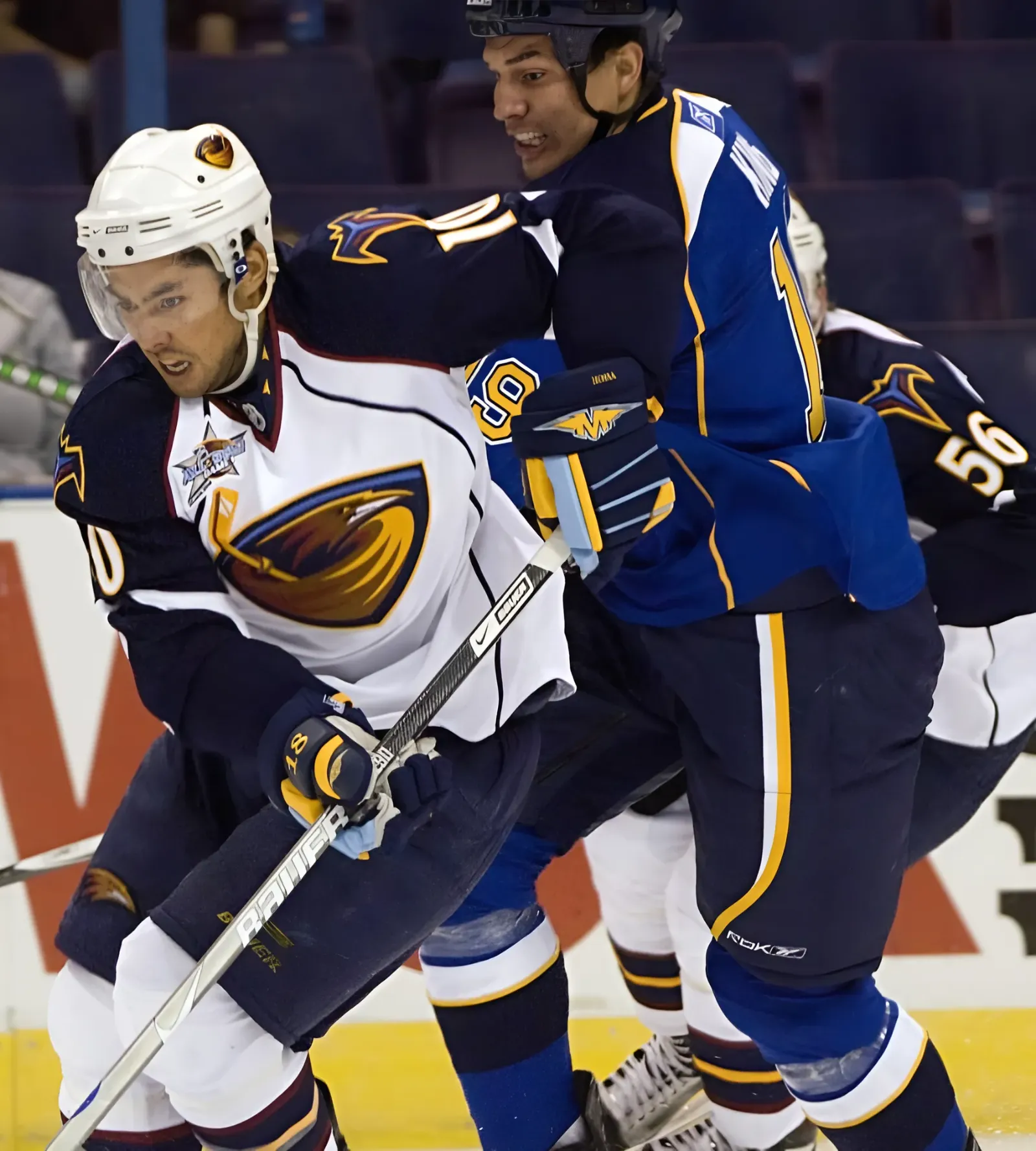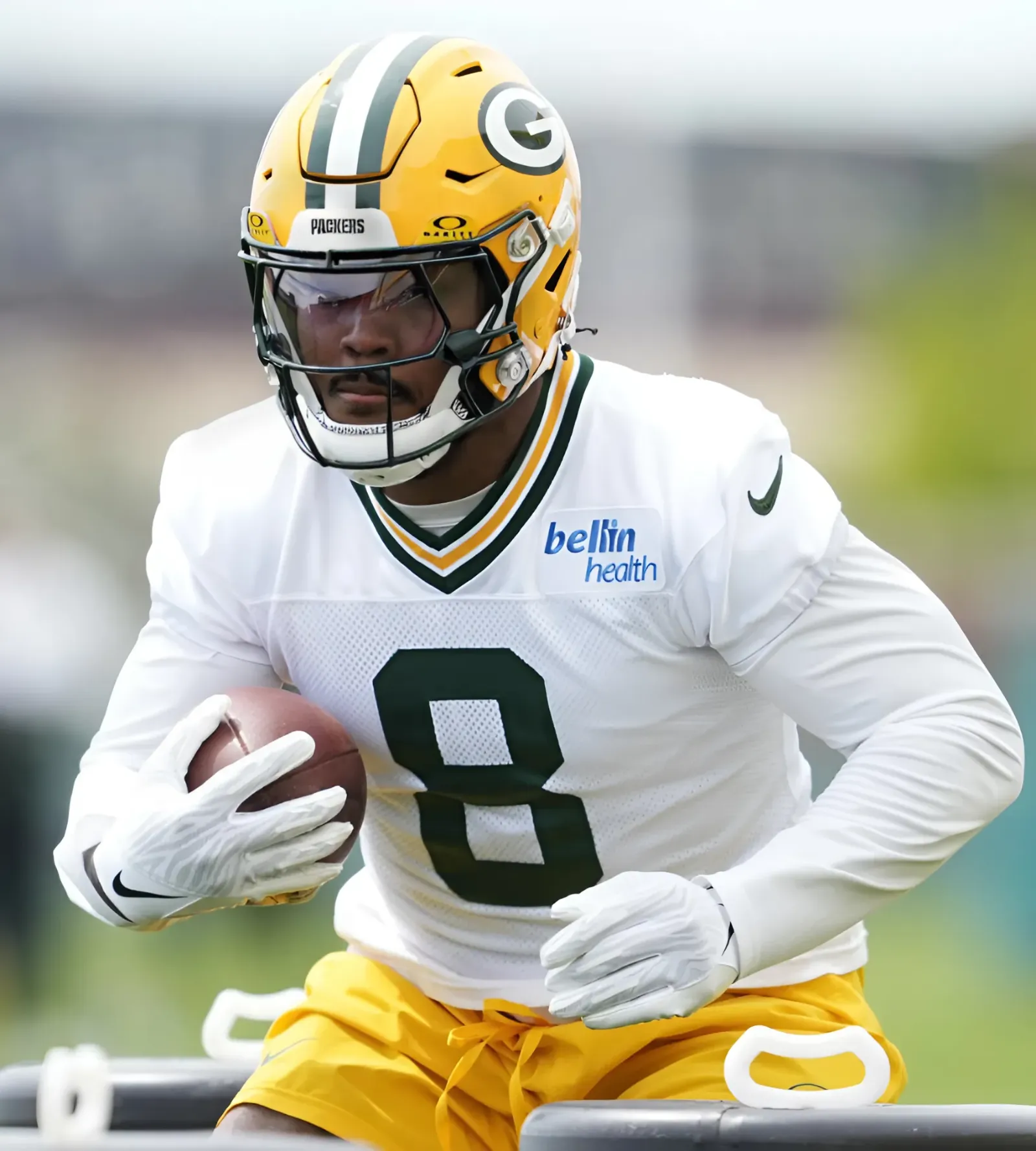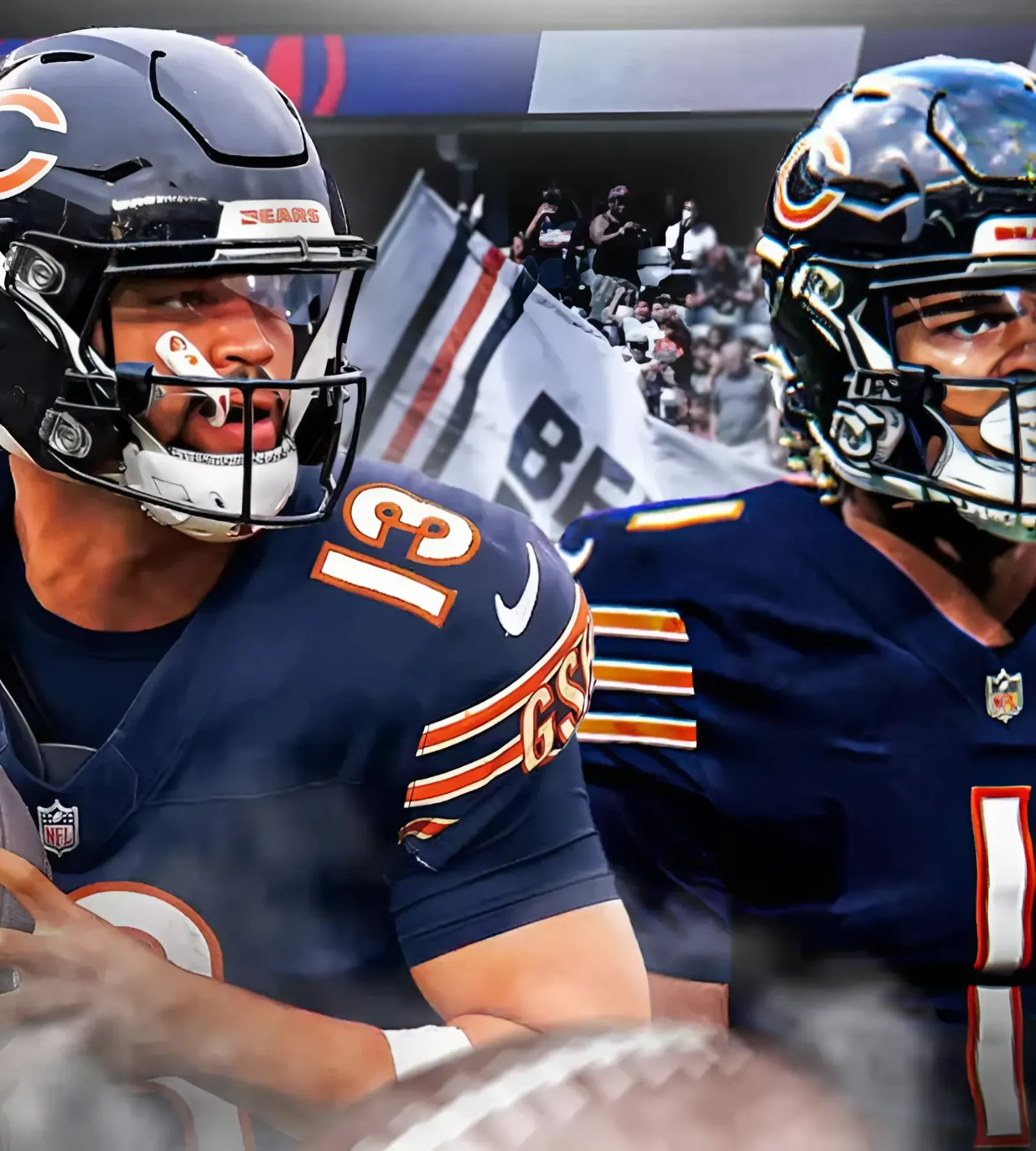
During training camp, news was percolating around four Toronto Maple Leafs players and their ongoing contract extension talks.
While the buzz over talks with top forwards Mitch Marner, John Tavares and Matthew Knies unsurprisingly received a lot of the headlines, it’s defenceman Jake McCabe whose deal may now be the closest to getting done.
Contract talks certainly haven’t affected his game. If anything, McCabe has stepped up his play early this season as he’s moved over to his off side (on the right) and formed a strong pairing with newcomer Oliver Ekman-Larsson.
OEL-McCabe has unexpectedly been coach Craig Berube’s go-to duo in tough-match defensive situations. And they lead the Leafs in ice time on the back end.
No, this column isn’t meant to scare anyone that McCabe’s asking price is getting away from Toronto. But these first seven games of 2024-25 have certainly highlighted his value as a rugged, dependable second-pair D, to the point that it’s worth taking a closer look at what it will take to get this extension done.
Who are McCabe’s comparables?
Including the last two seasons and the start of this one, McCabe has played 156 games, put up 56 points and averaged 20:05 minutes per game in ice time. That level of playing time puts him 86th leaguewide among players with 100 games played, firmly in No. 3 defenceman territory.
He’s played sparingly on the power play but is a regular on the PK, averaging 2:10 per game over this span. But he’s not without some offence to his game, as evidenced by the eight goals he scored last season.
As a very basic starting point, the 86th-highest-paid defenceman in the NHL this season is making roughly $4.1 million AAV. But that number is set to rise quickly as the salary cap jumps, with it projected to cross the $100 million mark within a few years.
McCabe’s value is projected to be significantly higher than that at the moment, too.

One of the key factors in evaluating a McCabe extension is going to be his age. He turned 31 earlier this month, meaning a new deal would begin with his age-32 season, around the time defencemen in the NHL might begin to decline more significantly.
So which defencemen are in McCabe’s age range and have produced similar numbers in recent seasons?
After doing some research, here’s a basic comparables list I was able to pull together:
• Dylan DeMelo, Winnipeg, 31 years old, signed four years at 5.57% of the cap
• Artem Zub, Ottawa, 29 years old, four years at 5.51%
• Matt Roy, Washington, 29 years old, six years at 6.53%
• Adam Larsson, Seattle, 31 years old, four years at 5.97%
• Brett Pesce, New Jersey, 29 years old, six years at 6.25%
• Ryan Graves, Pittsburgh, 29 years old, six years at 5.39%
• Esa Lindell, Dallas, 30 years old, five years at 5.97%
I don’t know that any of those names is a perfect comparison, as several have taken on higher-minute loads in the past. And players like Roy and Pesce, who are two years younger with strong defensive profiles, obviously offer more value on a UFA contract. But I do think this group puts us in the right ballpark for McCabe, especially considering he’s showing an ability to play the right side, kill penalties and take on very tough defensive assignments.
The average cap percentage for those seven defencemen is 5.88 percent, which will be the equivalent to $5.18 million up against this season’s $88 million cap. (It’s more if you use next season’s cap, which could be a factor closer to July 1, 2025.)
My sense is the low $5 million range is awfully close to where this could end up if the contract gets done, with the term likely to be four or five years.
What other options are there?
While talks continue, nothing is on the finish line with this one. If the Leafs opt to wait, McCabe could decide to let things play out and take his chances with free agency.
If that happens, and Timothy Liljegren continues to be out of favour in Toronto, the team will have a pretty big hole in their top four that will need to be filled.
The UFA options on the blue line in 2025 are slim. Names potentially available include Shea Theodore, Jakob Chychrun, Neal Pionk, Ivan Provorov, Marcus Pettersson, Aaron Ekblad and Dmitry Orlov.
It’s likely several of those sign before July 1, just given how in-demand top-four defencemen are.
The Leafs’ cap picture for next season is fairly complicated given how many pending free agents they have. Does Marner sign a big contract? What number does Tavares come in at, if he returns at a discount? And how much of a raise do you give someone like Knies?
Toronto’s current 2025-26 depth chart looks something like so, with $30 million in space but a lot of holes:

I think you can easily fit in a $5 million defenceman into the top four and get your other business done, especially if the Leafs can shed some of their overpaid players lower in the lineup (Liljegren, David Kämpf, etc).
And the Leafs could potentially try to make a play for a higher-impact defenceman at a bigger number if they let one of the UFAs go.
Should the Leafs sign McCabe?
McCabe’s American, having grown up in a small Wisconsin city an hour and a half east of St. Paul, Minnesota. But he has really enjoyed playing in Toronto and has expressed a desire to stay.
So I don’t believe this is going to be a negotiation where his camp pushes for every penny. But they will want to land in the range other similar UFA defencemen have signed for over the past 18 months. Maybe you can get the cap hit down by adding term — say, going from four to five years — but there’s really not a wide gap in plausible outcomes here.
Do the Leafs need to be cognizant of the fact they have an older D core already and they’re all signed deep into their mid-30s? Sure. But without much coming on the blue line prospect-wise, the team in a clear contention window and not much in the way of assets to trade, they’re very likely going to need to rely on giving out term to a UFA to fill out their top four.
Toronto has an advantage in that they’re not afraid to heavily front-load contracts and then find ways to bury money down the road, as they did with someone like Jake Muzzin when injuries and age caught up to him. That feels like the right template here with McCabe, especially if he’s signing for No. 3 defender money.
It’s going to be either that or roll the dice by competing with the free agent market, where minute-eating, physical defencemen like him are scarce and tend to get overpaid, even in their 30s.



